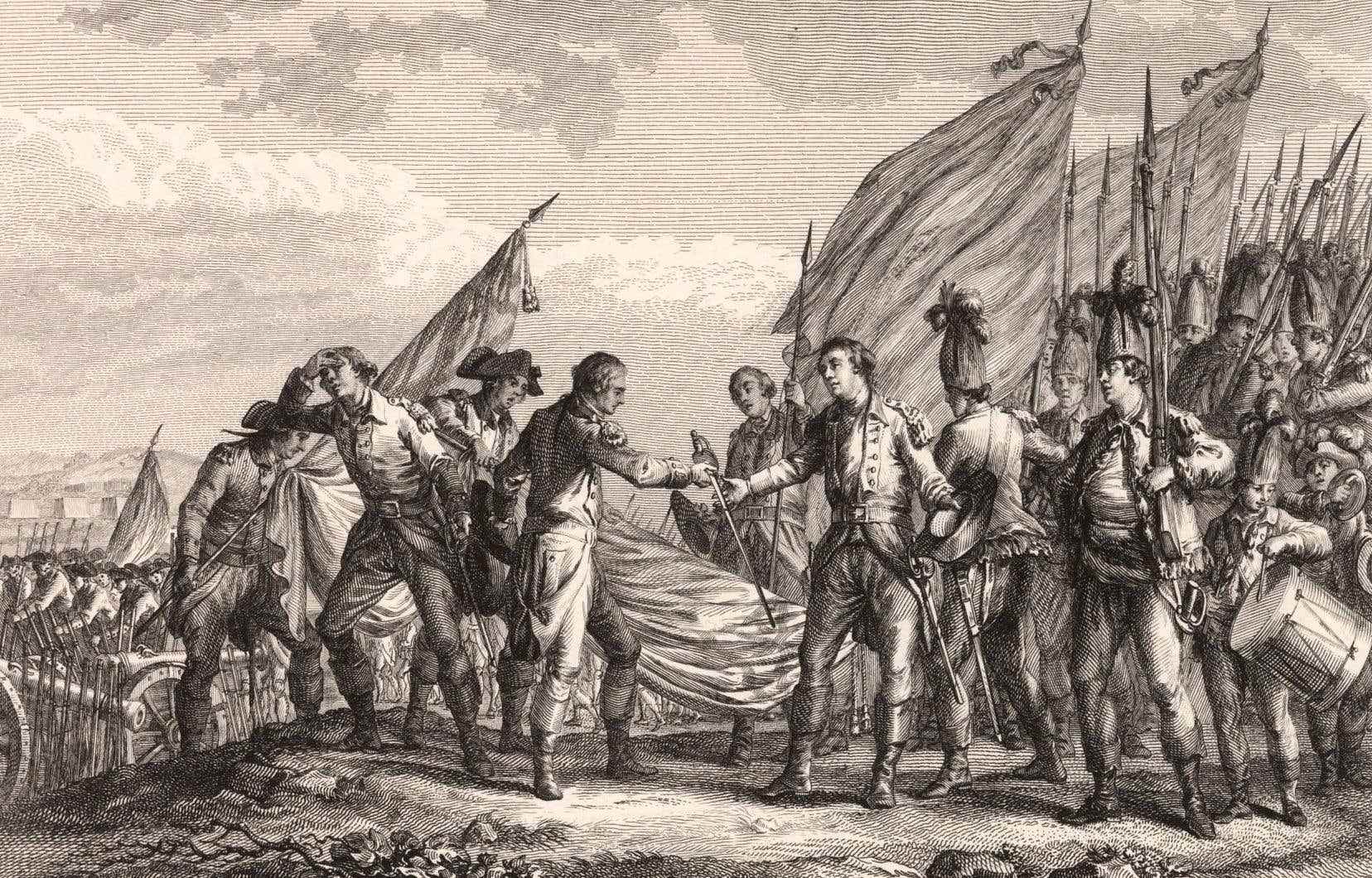Archaeologists have unearthed, in the heart of Pennsylvania, the remains of prisoner of war camps, where dozens of French Canadians found themselves during the American Revolution (1775-1783) as prisoners, but also as jailers. This exceptional discovery, made at the end of October, reminds us that Quebec could have become the 14e State of the American Republic.
The York prison complex — located 120 kilometers west of Philadelphia — was built in July 1781, five years after the United States declared independence. It sheltered more than a thousand British captives simultaneously, including fifty Canadians, both English and French. “The sanitary conditions were particularly poor,” said archaeologist John Crawmer in an exchange with The duty.
This place of detention included two separate camps bearing the evocative names of Security and Indulgence. The first was surrounded by a palisade of stakes, the holes of which have just been found under the surface of the ground. The second was established in a village of huts some 200 meters from the enclosure, explains John Crawmer. “These prisoners had many more privileges than their compatriots in the palisade, since they could travel and work as agricultural laborers. »
The detainees at Camp Indulgence could also benefit from the moral support of their families. Of the 58 Canadians listed on the site in June 1782, there are 14 women and 17 children who have decided to share the fate of a husband or a father fighting to keep Canada in British hands. We do not know, however, the names of these exiles transplanted more than 600 kilometers south of their province of origin.
Canadian Revolutionaries
In 1782, guarding the prisoners of York was notably provided by the Canadian Old Regiment of the American Continental Army, which was fighting for the independence of the colonies. Francophones are thus found on both sides of the camp palisade, which symbolizes the political division of French Canadians 20 years after their conquest by the British.
The Canadian Old Regiment was founded in January 1776, in the weeks following the capture of Montreal by American insurgents. Its soldiers are from all the fights of the Revolution. They were also given less glorious tasks, such as building roads and guarding prisoners, the number of which exploded with the surrender of a British army at Saratoga in 1777.
The American regiments of the time depended on the state in which they were recruited, whether it was Massachusetts, Virginia or the Carolinas. The Canadian Old Regiment should normally also have been affiliated with a State, that of Quebec in this case. However, he found himself an orphan following the defeat of the Americans before the frozen ramparts of Quebec in the winter of 1775-1776.
Cut off from its Canadian bases, the regiment remained under the direct administration of Congress until the end of the conflict. It therefore acts as a melting pot, its recruitment being extended to the whole of the United States. “He helped build the American state,” argues historian Holly A. Mayer in a conversation with The duty.
A French-speaking core
Despite the dilution of its recruitment, the regiment retains a core of French-speaking soldiers, specifies the author of Congress’s Own. A Canadian Regiment, the Continental Army, and American Union appeared last year at the University of Oklahoma Press. “It is difficult to calculate a percentage for French Canadians alone, but when you look at those who remained with the regiment after 1776, we have maybe 15% of the total. »
Guarding prisoners was one of the last assignments of this atypical regiment, which was disbanded in November 1783. The York camps had been dismantled six months earlier, with the cessation of hostilities. The tombstones in his cemetery will be visible for almost a century. John Crawmer and his team hope to find him when the archaeological site reopens in 2023.
Excavations carried out in the plowing area of the site since 2014 have revealed bullets, shoe buckles and a uniform button, that of 33e British infantry regiment. “We expect that most 18th century artifactse century lie deeper, in pits and latrines, says Crawmer. This is why it was so important to find the palisade, because it gives us an idea of the organization of the place. »
